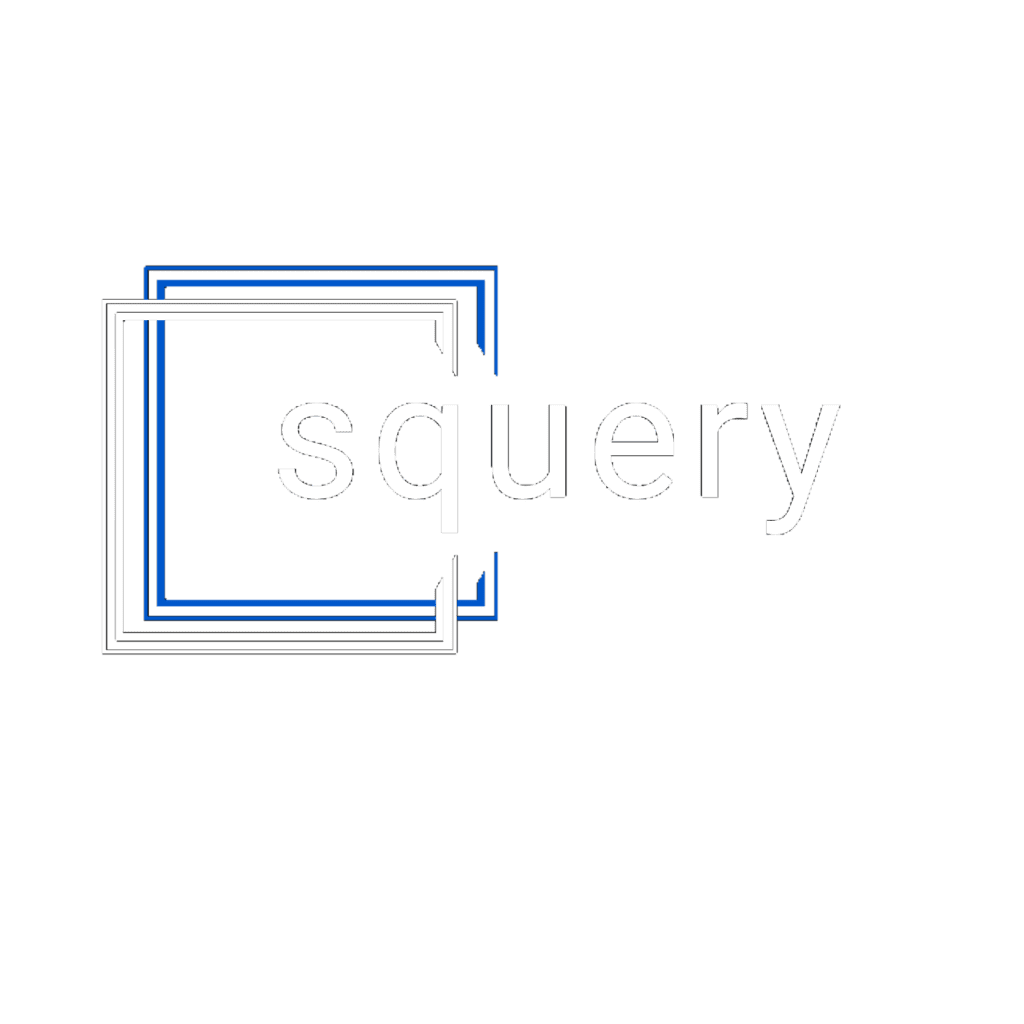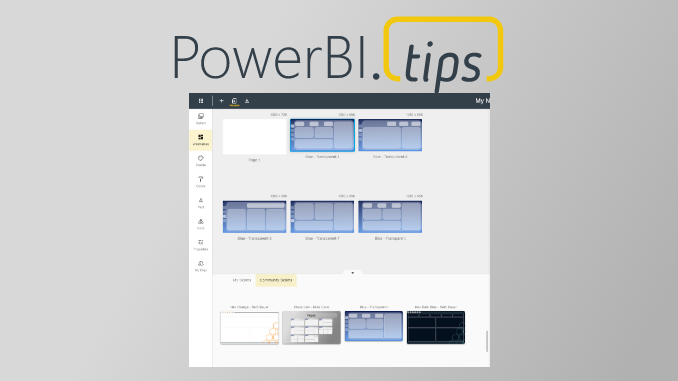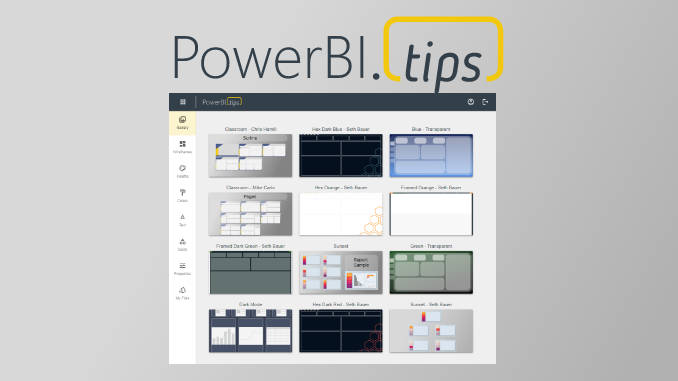A figure in Ilyas, et. al.
interesting
was the following graph showing a correlation between adversarial transferability between architectures and
their
tendency to learn similar non-robust features.
non-robust features.
One way to interpret this graph is that it shows how well a particular architecture is able to capture
non-robust features in an image.
NRFresnet, what this graph really shows is how well an architecture captures NRFresnet.
Notice how far back VGG
In the unrelated field of neural style transfer
known to not work very well
Reddit thread.
The above interpretation of the graph provides an alternative explanation for this phenomenon.
Since VGG is unable to capture non-robust features as well as other architectures, the outputs for style
transfer actually look more correct to humans!
dependent on matching features learned by a separately trained image classifier. If these learned
features don’t make sense to humans (non-robust features), the outputs for neural style transfer won’t
make sense either.
Before proceeding, let’s quickly discuss the results obtained by Mordvintsev, et. al.
Parameterizations, where they show that non-VGG architectures can work for style transfer by using a
simple technique previously established in feature visualization
In their experiment, instead of optimizing the output image in RGB space, they optimize it in Fourier space,
and run the image through a series of transformations (e.g jitter, rotation, scaling) before passing it
through the neural network.
Can we reconcile this result with our hypothesis linking neural style transfer and non-robust features?
One possible theory is that all of these image transformations weaken or even destroy
non-robust features.
Since the optimization can no longer reliably manipulate non-robust features to bring down the loss, it is
forced to use robust features instead, which are presumably more resistant to the applied image
transformations (a rotated and jittered flappy ear still looks like a flappy ear).
A quick experiment
Testing our hypothesis is fairly straightforward:
Use an adversarially robust classifier for neural style transfer
what happens.
I evaluated a regularly trained (non-robust) ResNet-50 with a robustly trained ResNet-50 from Engstrom, et.
al.
For comparison, I performed the same algorithm with a regular VGG-19
.
To ensure a fair comparison despite the different networks having different optimal hyperparameters, I
performed a small grid search for each image and manually picked the best output per network.
Further details can be read in a footnote
L-BFGS
over Adam.
For ResNet-50, the style layers used were the ReLu outputs after each of the 4 residual blocks,
[relu2_x,relu3_x,relu4_x,relu5_x] while the content layer used was relu4_x.
For VGG-19, style layers [relu1_1,relu2_1,relu3_1,relu4_1,relu5_1] were used with a content layer
relu4_2.
In VGG-19, max pooling layers were replaced with avg pooling layers, as stated in Gatys, et. al
or observed in the accompanying Colaboratory notebook.
The results of this experiment can be explored in the diagram below.
Success!
The robust ResNet shows drastic improvement over the regular ResNet.
Remember, all we did was switch the ResNet’s weights, the rest of the code for performing style transfer is
exactly the same!
A more interesting comparison can be done between VGG-19 and the robust ResNet.
At first glance, the robust ResNet’s outputs seem on par with VGG-19.
Looking closer, however, the ResNet’s outputs seem slightly noisier and exhibit some artifacts
Gaussian noise.






Mild artifacts.






Severe artifacts.
Interact by hovering around the images.
This diagram was repurposed from
Deconvolution and Checkerboard Artifacts
by Odena, et. al.
It is currently unclear exactly what causes these artifacts.
One theory is that they are checkerboard artifacts
caused by
non-divisible kernel size and stride in the convolution layers.
They could also be artifacts caused by the presence of max pooling layers
An interesting implication is that these artifacts, while problematic, seem orthogonal to the
problem that
adversarial robustness solves in neural style transfer.
VGG remains a mystery
Although this experiment started because of an observation about a special characteristic of VGG
nets, it
did not provide an explanation for this phenomenon.
Indeed, if we are to accept the theory that adversarial robustness is the reason VGG works out of
the box
with neural style transfer, surely we’d find some indication in existing literature that VGG is
naturally
more robust than other architectures.
A few papers
indeed show
that VGG architectures are slightly more robust than ResNet.
However, they also show that AlexNet
for
neural style transfer
this blog post.
above VGG in terms of this “natural robustness”.
Perhaps adversarial robustness just happens to incidentally fix or cover up the true reason non-VGG
architectures fail at style transfer (or other similar algorithms
In fact, neural style transfer is not the only pretrained classifier-based iterative image
optimization
technique that magically works better with adversarial robustness. In Engstrom, et. al.
maximization
enforcing
any priors or regularization (e.g. image transformations and decorrelated parameterization) used
by
previous work
Olah, he
pointed out that the aforementioned feature visualization techniques actually work well on VGG
without these priors, just like style transfer!
) i.e. adversarial robustness is a sufficient but unnecessary condition for good style transfer.
Whatever the reason, I believe that further examination of VGG is a very interesting direction for
future
work.
Response Summary: Very interesting
results, highlighting the effect of non-robust features and the utility of
robust models for downstream tasks. We’re excited to see what kind of impact
robustly trained models will have in neural network art! We were also really
intrigued by the mysteriousness of VGG in the context of style transfer
deeper dive which found some interesting links between robustness and style
transfer that suggest that perhaps robustness does indeed play a role here.
Response: These experiments are really cool! It is interesting that
preventing the reliance of a model on non-robust features improves performance
on style transfer, even without an explicit task-related objective (i.e. we
didn’t train the networks to be better for style transfer).
We also found the discussion of VGG as a “mysterious network” really
interesting — it would be valuable to understand what factors drive style transfer
performance more generally. Though not a complete answer, we made a couple of
observations while investigating further:
Style transfer does work with AlexNet: One wrinkle in the idea that
robustness is the “secret ingredient” to style transfer could be that VGG is not
the most naturally robust network — AlexNet is. However, based on our own
testing, style transfer does seem to work with AlexNet out-of-the-box, as
long as we use a few early layers in the network (in a similar manner to
VGG):


Observe that even though style transfer still works, there are checkerboard
patterns emerging — this seems to be a similar phenomenon to the one noticed
in the comment in the context of robust models.
This might be another indication that these two phenomena (checkerboard
patterns and style transfer working) are not as intertwined as previously
thought.
From prediction robustness to layer robustness: Another
potential wrinkle here is that both AlexNet and VGG are not that
much more robust than ResNets (for which style transfer completely fails),
and yet seem to have dramatically better performance. To try to
explain this, recall that style transfer is implemented as a minimization of a
combined objective consisting of a style loss and a content loss. We found,
however, that the network we use to compute the
style loss is far more important
than the one for the content loss. The following demo illustrates this — we can
actually use a non-robust ResNet for the content loss and everything works just
fine:


invariant to the choice of content network used, and very sensitive
to the style network used.
Therefore, from now on, we use a fixed ResNet-50 for the content loss as a
control, and only worry about the style loss.
Now, note that the way that style loss works is by using the first few
layers of the relevant network. Thus, perhaps it is not about the robustness of
VGG’s predictions, but instead about the robustness of the layers that we actually use
for style transfer?
To test this hypothesis, we measure the robustness of a layer f as:
R(f)=Ex1,x2∼D[∥f(x1)−f(x2)∥2]Ex1∼D[maxx′∥f(x′)−f(x1)∥2]
Essentially, this quantity tells us how much we can change the
output of that layer f(x) within a small ball, normalized by how far apart
representations are between images in general. We’ve plotted this value for
the first few layers in a couple of different networks below:


four layers of VGG16, AlexNet, and robust/standard ResNet-50
trained on ImageNet.
Here, it becomes clear that, the first few layers of VGG and AlexNet are
actually almost as robust as the first few layers of the robust ResNet!
This is perhaps a more convincing indication that robustness might have
something to with VGG’s success in style transfer after all.
Finally, suppose we restrict style transfer to only use a single layer of
the network when computing the style loss
several layers in the loss function to get the most visually appealing results — here we’re only interested in whether or not style transfer works (i.e.
actually confers some style onto the image).
robust layers seem to indeed work better for style transfer! Since all of the
layers in the robust ResNet are robust, style transfer yields non-trivial
results even using the last layer alone. Conversely, VGG and AlexNet seem to
excel in the earlier layers (where they are non-trivially robust) but fail when
using exclusively later (non-robust) layers:


Style transfer using a single layer. The
names of the layers and their robustness R(f) are printed below
each style transfer result. We find that for both networks, the robust
layers seem to work (for the robust ResNet, every layer is robust).
Of course, there is much more work to be done here, but we are excited
to see further work into understanding the role of both robustness and the VGG
in network-based image manipulation.










